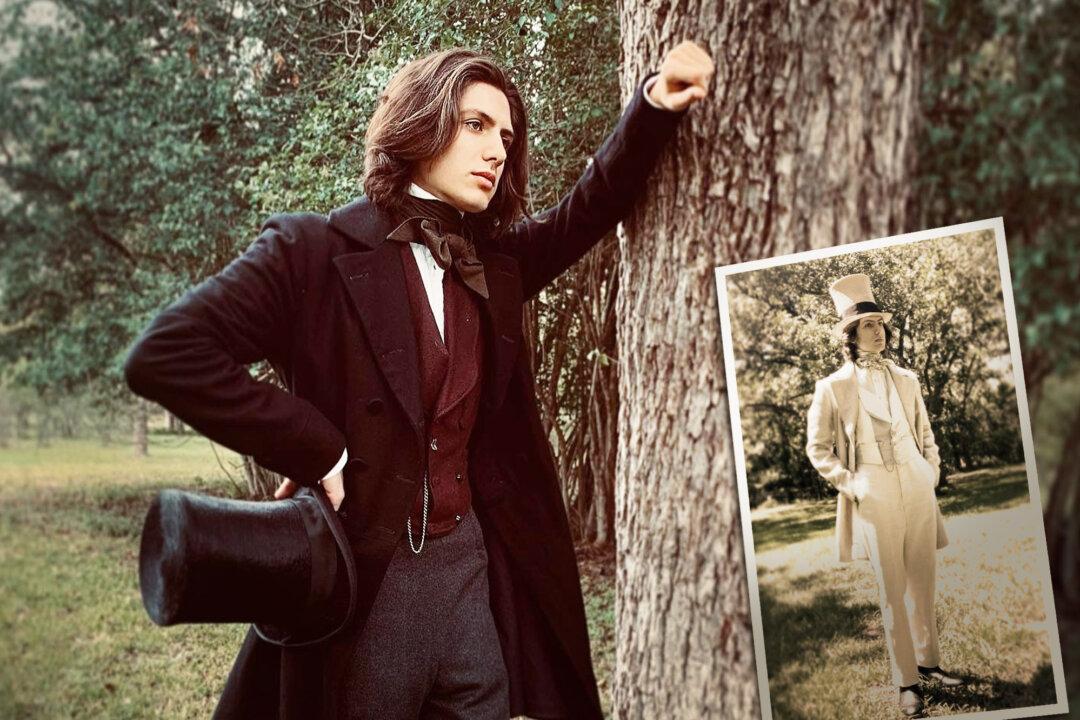Xavier Layton likes to hit the town after work as many 22-year-olds do—jeans and Under Armour short sleeves might be standard at the local gastro pub in San Antonio, but Mr. Layton’s wardrobe typifies an older manliness: the attire of a gentleman.
A Victorian silhouette suits Mr. Layton just fine: pigeon-breasted frock coat and top hat—“You can’t wear the rest of the outfit without the top hat,” he tells The Epoch Times—sometimes with a pipe to complete the look. Knocking about the town on jazz night with the boys all suited up makes it sing.






